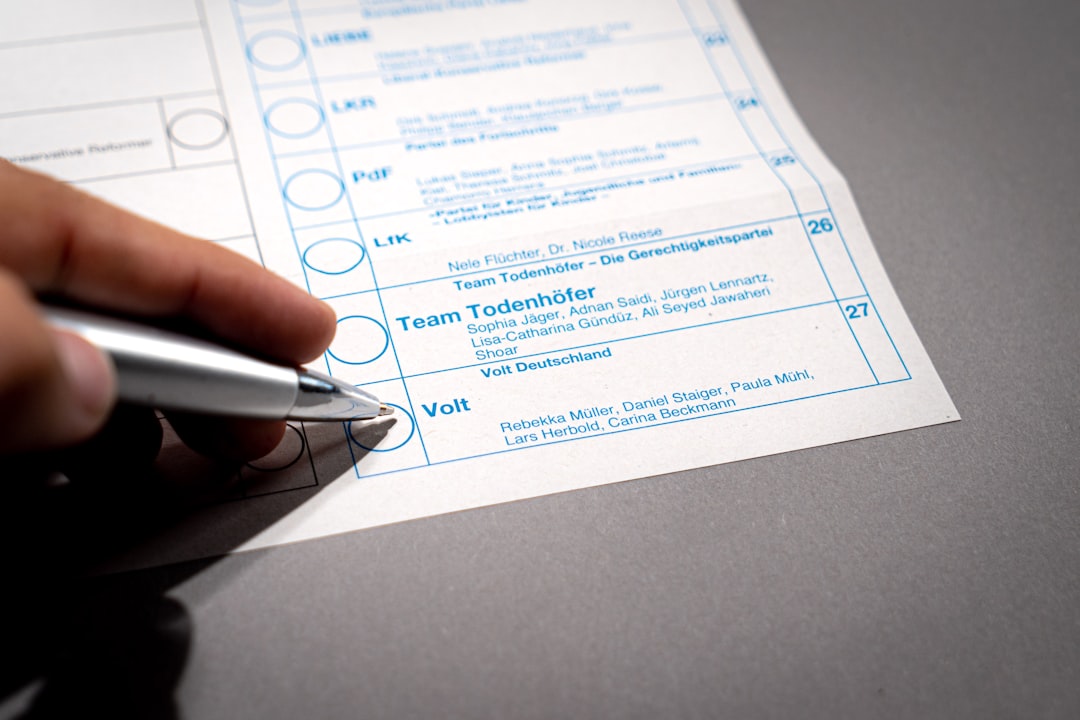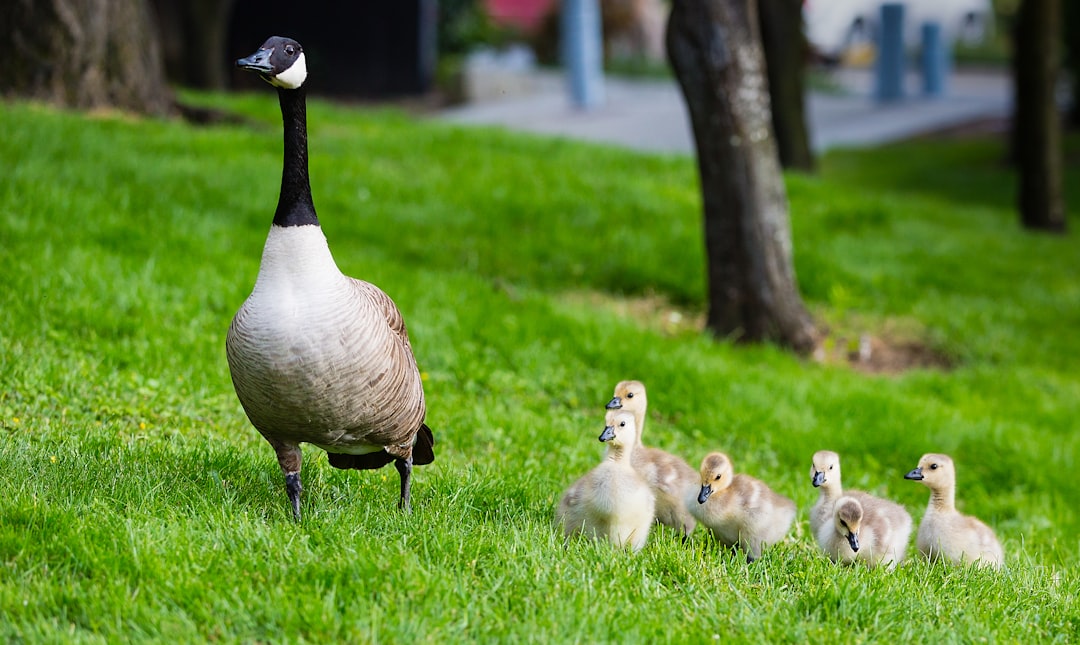What is it about?
This is an article that shows how decisions within government agencies can be based on concerns about an agency's own reputation. It uses a unique record of observations by the author within a public health agency that was choosing how to respond to the 2009 H1N1 'swine flu' pandemic.
Featured Image
Why is it important?
The article uses real-time, direct observations (rather than imperfect memories or documents). It documents that government agencies can make important decisions for the sake of improving their own reputations (rather than goals such as providing the best technical or economic solutions or boosting employee satisfaction).
Perspectives
The 2009 H1N1 pandemic gave me my first glimpse into the administration of public health. This paper sprang from participant-observation by me within one of the many public health agencies around the world that were working for months and with great dedication to understand and overcome the first flu pandemic in the new millenium. The event had been anticipated, but it still proved overwhelming in the early months and created great stress within many public health agencies. I was able to spend October-December 2009 within an agency, which was well after the most stressful period in April to June. But there remained a dedicated effort, including daily meetings among senior experts and leaders. Observing these and speaking to a host of expert staff members, I was able to chart key decisions and to discover the logics that steered them. I was most surprised by how even true experts rely on deliberation, conversation and sensemaking to reach decisions, and how they juggle multiple priorities that include but are not limited to the strictly technical issues in which they are expert.
Dr Erik Baekkeskov
University of Melbourne
Read the Original
This page is a summary of: Reputation-Seeking by a Government Agency in Europe, Administration & Society, July 2016, SAGE Publications,
DOI: 10.1177/0095399714528177.
You can read the full text:
Contributors
The following have contributed to this page










